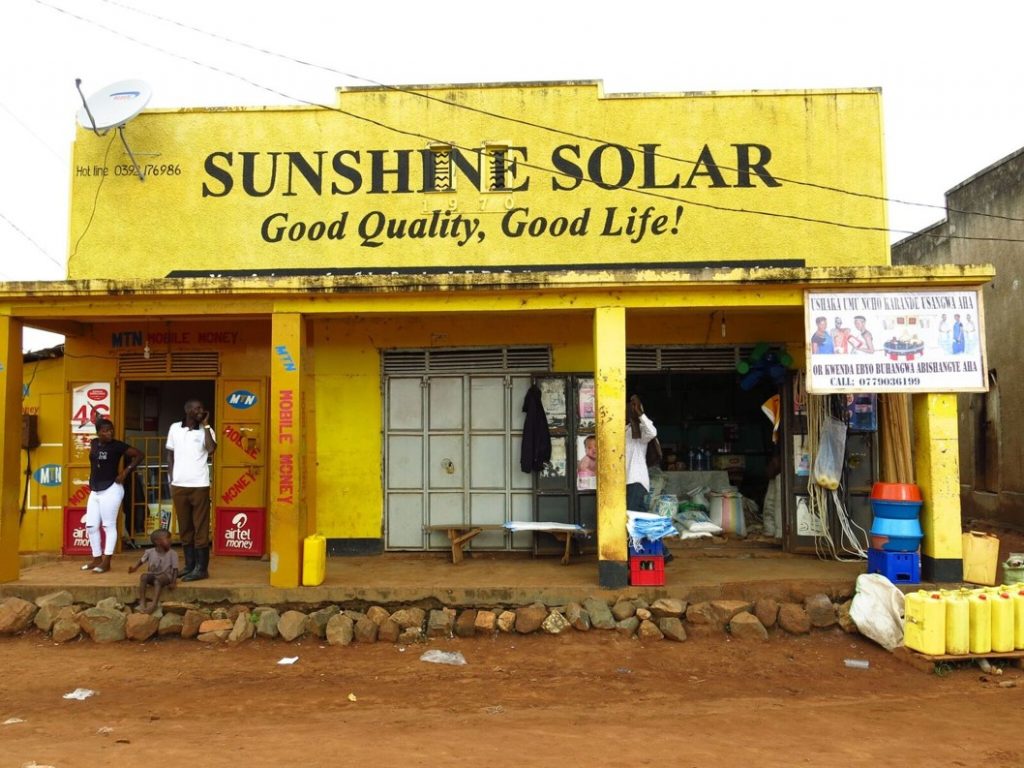Taxes, subsidies and clean energy technologies

Many low-and middle-income countries are increasing or reinstating taxes on clean energy technologies in an attempt to meet the nation’s fiscal objectives, especially in light of the COVID-19 pandemic. However, low-income consumers are typically very price sensitive, making changes in tax and subsidy regimes potential major drivers of uptake of different energy technologies. To what extent are the impacts on the national budget greater – or less – than the health and social benefits of these technologies?
To better understand these dynamics, the James E. Rogers Energy Access Project at Duke has studied the relationship between taxes, subsidies and energy access through clean cooking and solar home systems and the impact of these fiscal instruments for the transition into clean cooking more broadly.
Solar Tariffs in East Africa
Accessing electricity through solar home systems in East Africa can reduce kerosene expenditures for lighting, reduce cell phone charging expenditures, increase study time among children, and reduce climate-affecting emissions. James E. Rogers Energy Access Project at Duke has studied the economic and human costs and benefits of tariffs by assembling actual sales data for 700,000 units of solar home systems from Uganda and Kenya. The research found that an increase in the solar home systems price will make the systems out of reach for low-income households and price-sensitive communities, which would result in broader ramifications for households in these communities as well as for meeting the country’s electrification goals.
Duke Faculty/Staff: Jonathan Phillips, Rob Fetter
Students: Sumin Wang, Panayiotis Koutsogeorgas
In 2018, the Trump administration’s solar tariff announcement spurred lively debate in the U.S. around whether these trade barriers are good or bad for businesses and workers, and to what extent cost increases will soften solar demand in the U.S. But on the other side of the globe, James E. Rogers Energy Access Project director Jonathan Phillips and Hannah Girardeau write in Devex that there is a similar debate roiling around the treatment of solar panels and related equipment in trade policy that could make the stakes even higher for energy consumers across sub-Saharan Africa.
Value-added tax on clean cooking in Kenya
More than 2.5 billion people, or nearly one-third of the global population still rely on polluting energy technologies and fuels for cooking. In low-and middle-income countries, cost barriers continue to be the most significant challenge that impedes progress toward modern and sustainable energy for cooking purposes. Low-income households are more likely to adopt these solutions if subsidies and tax exemptions are implemented, which make the solutions more affordable. A cost-benefit analysis of VAT on clean cooking solutions in Kenya found that while the VAT would raise a revenue of $457 million to the Government of Kenya, the increase in the price of clean fuels and ICS will generate $889 million cost, nearly double the benefit.
Duke Faculty/Staff: Marc Jeuland, Ipsita Das, Victoria Plutshack
The rationale behind tax and subsidy policy
Without strong policies aimed at accelerating the adoption of improved cooking technologies, the vast majority of the global population in low-and middle-income countries will remain in energy poverty. A study conducted by Duke finds that price interventions with subsidies and/or tax can improve the affordability of improved cooking technologies, especially for lower-income households that are typically price sensitive. In addition, the study finds that targeted subsidies, financing solutions and complementary adoption-enhancing interventions are needed to achieve transition to improved cooking technologies for low-income households.
